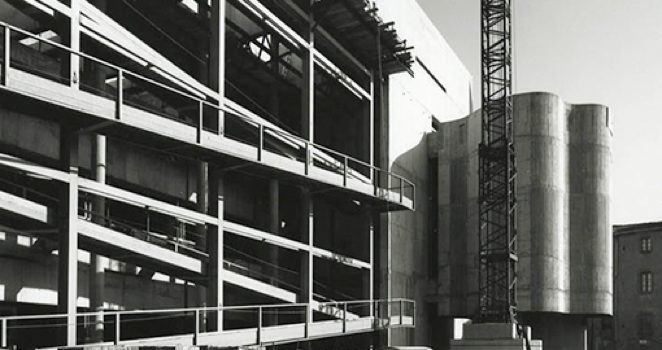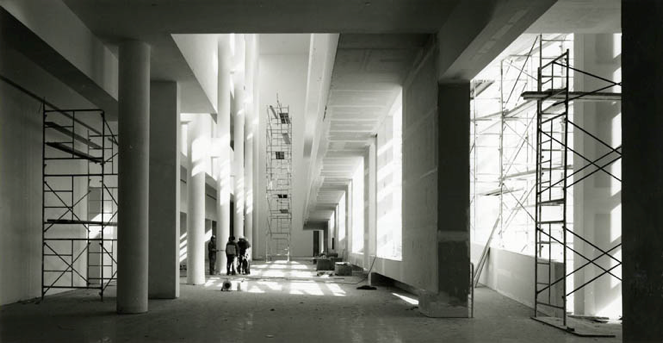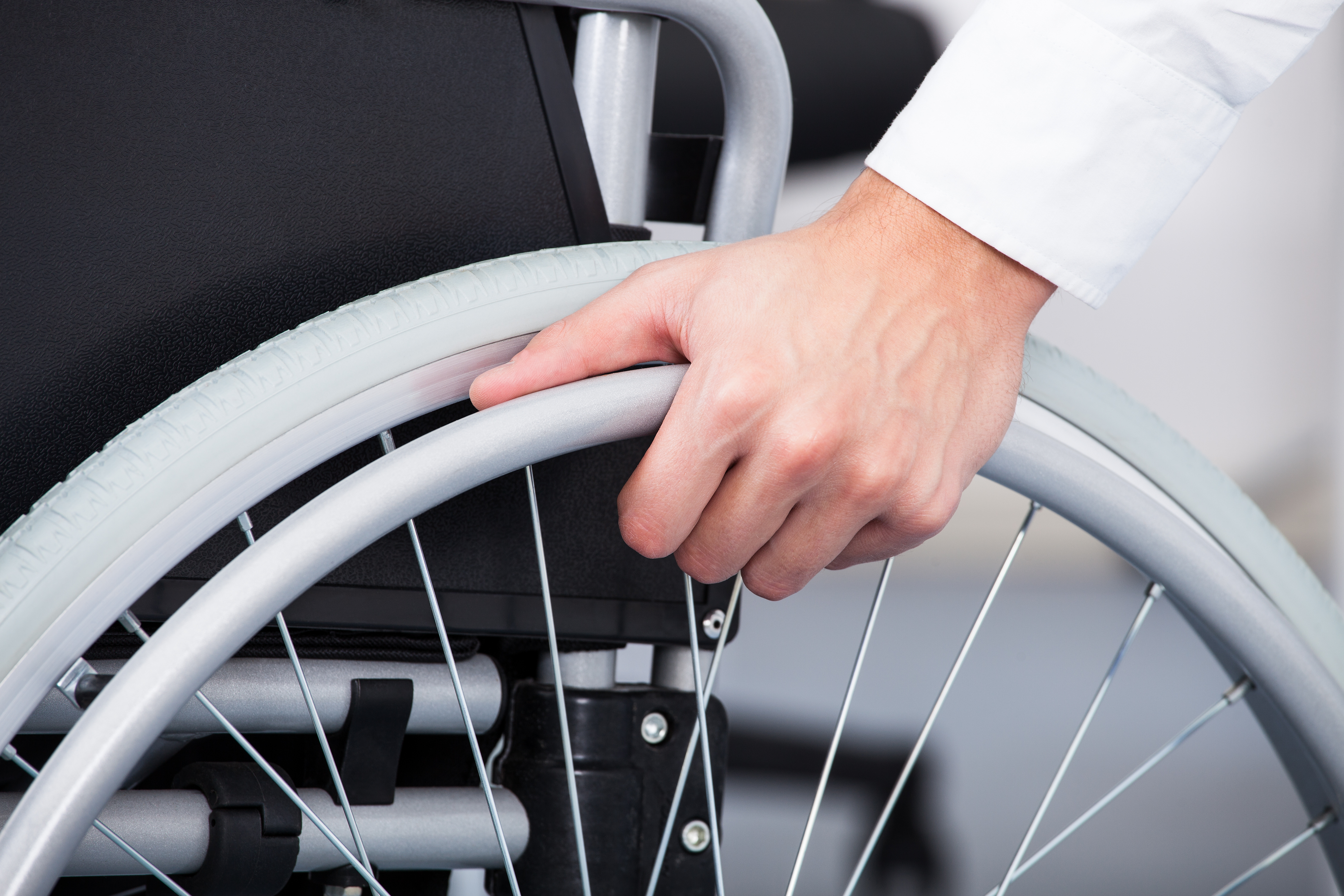The Museu d’Art Contemporani de Barcelona (MACBA) opened to the public on November 28, 1995. Since then, it has forged an international reputation as a model in the field of contemporary art: the substantial growth of its collection now makes it possible to chart a path through the principal references of the art of our times, while the lines of work it has developed have positioned it as a key centre for research and reflection on artistic activity.
The history of the Museu d’Art Contemporani de Barcelona dates back to 1959, when art critic Alexandre Cirici Pellicer championed the idea of creating a museum of contemporary art in the Barcelona. Cirici and Cesáreo Rodríguez-Aguilera, among other prominent figures, began to gather together a collection that would serve as the foundation for the future museum. As they sought a definitive location for the new museum, the group organised a series of exhibitions of artists working at the time: Antoni Bonet, Jordi Curós, Jean Fautrier, Ángel Ferrant, August Puig, Albert Ràfols-Casamada, Josep Maria de Sucre, Romà Vallès, Moisès Villèlia, etc. However, in February 1963 the exhibition L'art i la pau, which had clear political motives, made evident the existing limits of the permissiveness and brought Cirici and Rodríguez-Aguilera’s venture to a close. A portion of the holdings was sent to Museu Víctor Balaguer in Vilanova i la Geltrú.



.jpg)